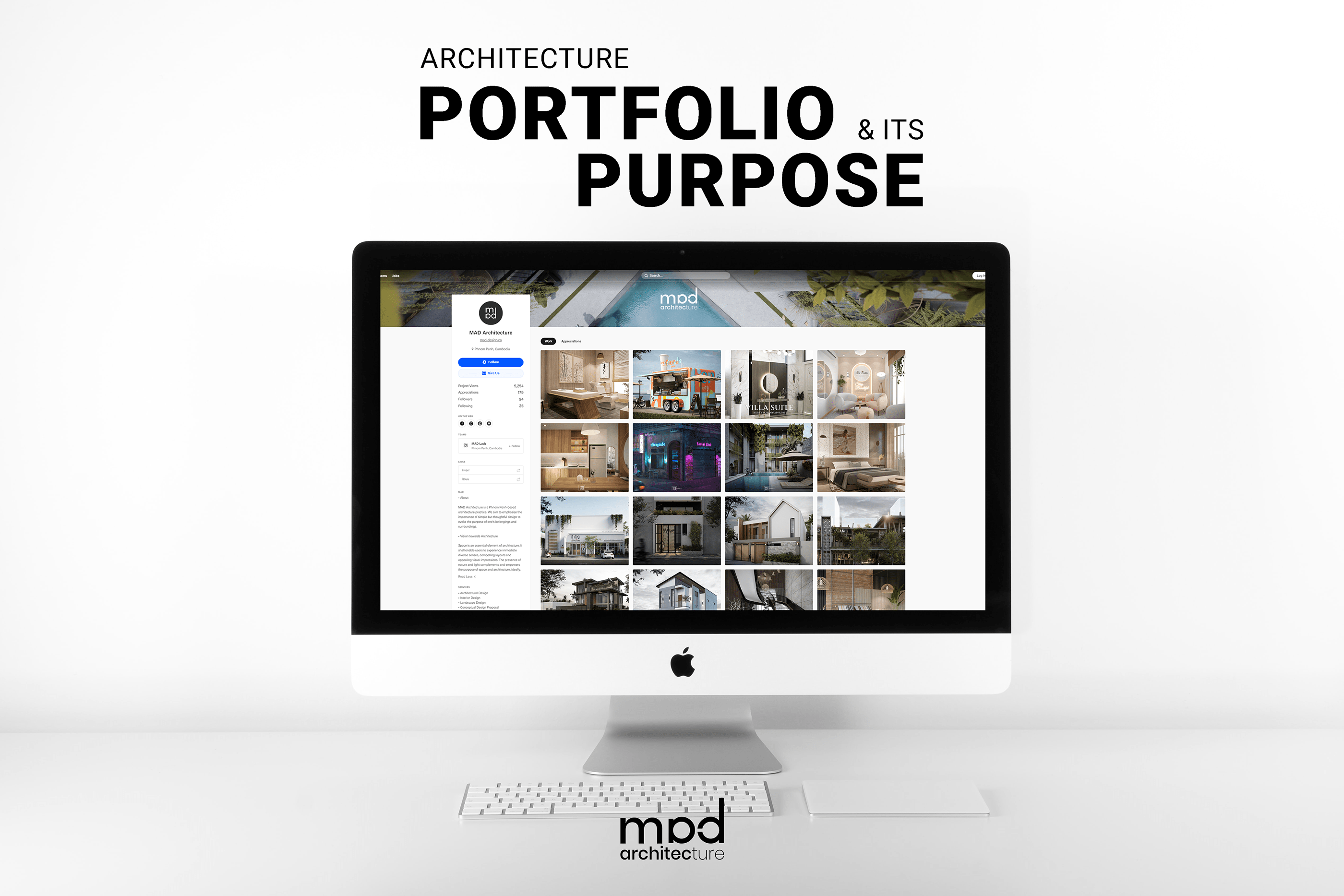
Architecture Portfolio & Its Purpose
April 23, 2022
Architecture portfolio plays a prominent role in different stages throughout your architecture career paths. Whether you are a student looking for an internship vacancy or scholarship, a graduate looking to apply for a new career opportunity or a practicing studio aiming to acquire your own projects; a well-prepared portfolio can set you apart from your competitors and open up the opportunity.
So, what exactly is an architecture portfolio?
Think of a portfolio like a benchmark of your skills and experience; or a document showcasing how proficient you communicate your ideas to the problems you are trying to solve. A well-prepared portfolio gives a great first impression to the employer or the potential client you are targeting. People who view your portfolio can determine whether you are good enough for the position based on the quality and preparation of your work. A poor and boring introduction can be an instant red flag. Make your cover and resume page interesting that hooks the viewers to want to learn more about you and your projects. Here are some tips to improve your portfolio presentation and increase the chance of being selected or considered.
01 Only include your best and relevant projects
You don't want to include every projects you have done as it would take a lot of time and pages to go through and the viewers usually review a bunch of portfolios at a time. Thus, be wise with the number and type of projects you want to showcase to the target prospect. Remember a few great projects are more presentable than ten mediocre ones.
02 Less is more
A simple and short portfolio is effective when done right. You don't have to explain everything about a project; only give the readers a general brief, problems you are tackling and what your strategy is leading to the solution. Minimal texts and appealing images on a balanced negative space help make the information stand out and easy to read.
03 Consistency is key
As the title mentioned, be consistent with your portfolio format, font type/size and overall aesthetic. If you go for a colorful theme with artsy images then repeat it throughout. Do not introduce a complete new style mid-portfolio as it confuses the readers and shows lack of cohesive organizations.



